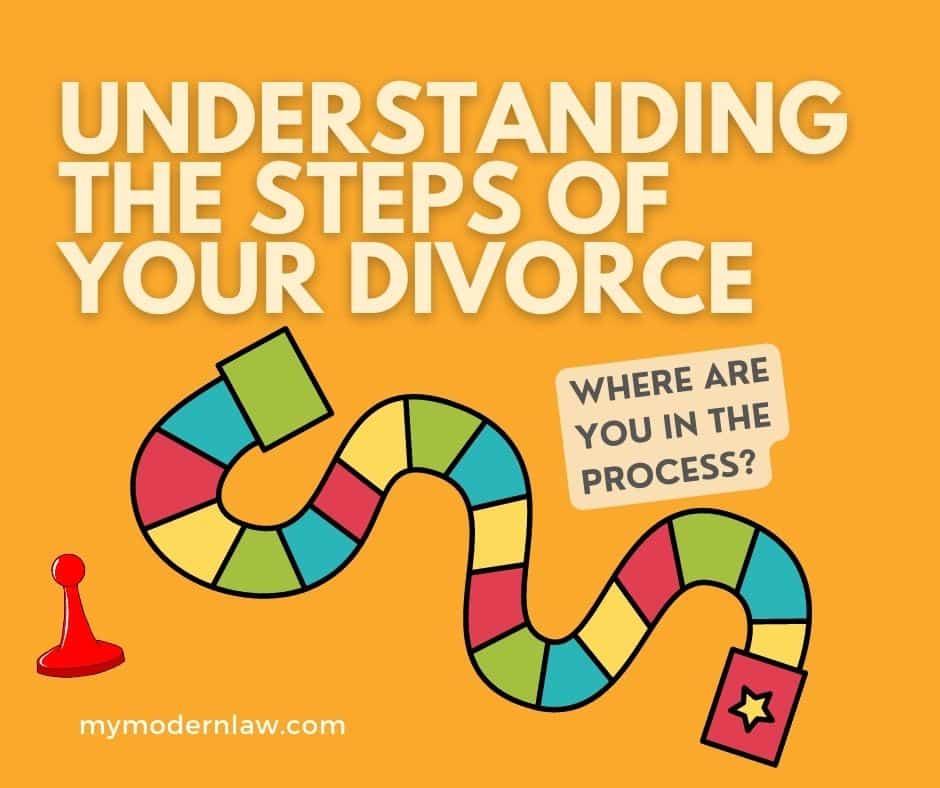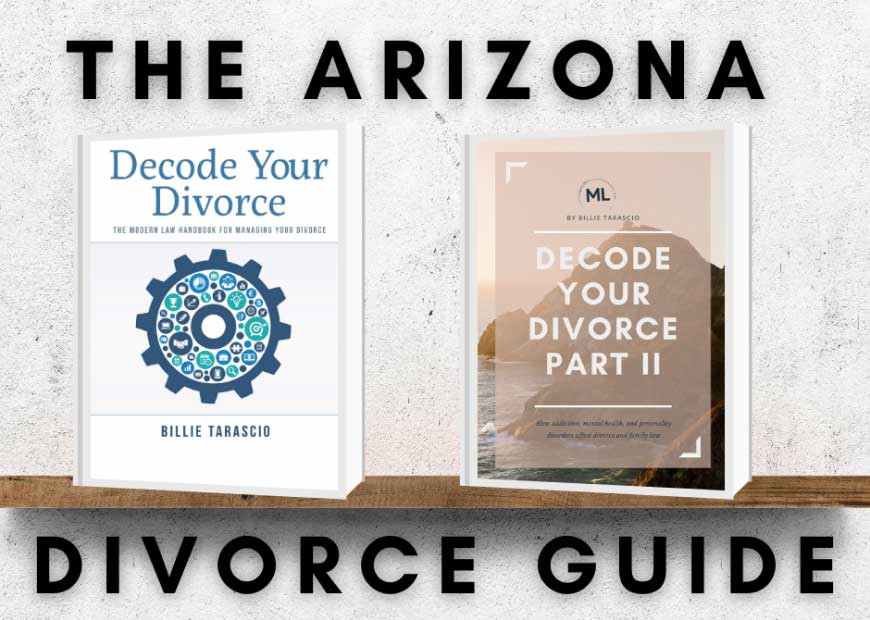The Simple Path of a Complicated Process: Understanding the Divorce Process
Going through a divorce is often overwhelming for many. Although intricacies abound, the core process can be simplified for better understanding. Let’s walk through the pivotal steps and the possible paths a divorce can take, illustrated in our accompanying flowchart.
The Beginning Steps
1. Filing a Petition:
Every divorce journey commences with the initial step of filing a petition. This is technically known as a “Petition of Dissolution of Marriage” or “Legal Separation.” It’s the formal request to the court to end a marriage.
2. Serving the Spouse:
After the petition, the next crucial step is to serve your spouse with divorce papers. In legal lingo, the spouse is often referred to as the “respondent.”
The Three Paths of Divorce
Once the initial steps are completed, the divorce process can branch off into three distinct paths:
1. Default:
In some situations, the respondent might not respond to the divorce papers. This inaction paves the way for a ‘default’ divorce. Here’s how it works:
- The petitioner can file for a default judgment given the lack of response.
- A hearing is then scheduled. If the judge finds everything in order, they will issue a dissolution of the marriage by default.
- Subsequently, the divorce decree is signed, marking the end of the marriage.
2. Contested:
If the respondent counters the divorce papers with their own set of legal documents, the divorce enters the “contested” territory.
- Following this, a notice of hearing is filed. Consequently, meetings such as the Resolution Management Conference, Early Resolution Conference, or the Alternative Dispute Resolution are scheduled.
- If both parties reach an agreement during these proceedings and it’s court-approved, the divorce decree is signed.
- However, if the court does not approve the agreement or the parties can’t arrive at a consensus, the divorce process escalates to a trial. Only post-trial, if all is found in order, will the divorce decree be signed.
3. Consent:
The smoothest of the paths, a ‘consent’ divorce is when both parties are on the same page regarding every detail of their separation.
- The involved parties can accomplish a consent decree either via mail or through a formal hearing.
- Once the paperwork and procedures align, a judge signs the decree, concluding the divorce or separation.
Divorce is undoubtedly a complex emotional and legal process, but with clarity on its procedure, one can approach it with a degree of understanding and preparedness. Remember to always consult with a legal professional to guide you through the specifics of your situation, ensuring your rights and interests are protected.
Arizona Bar Association Chart






